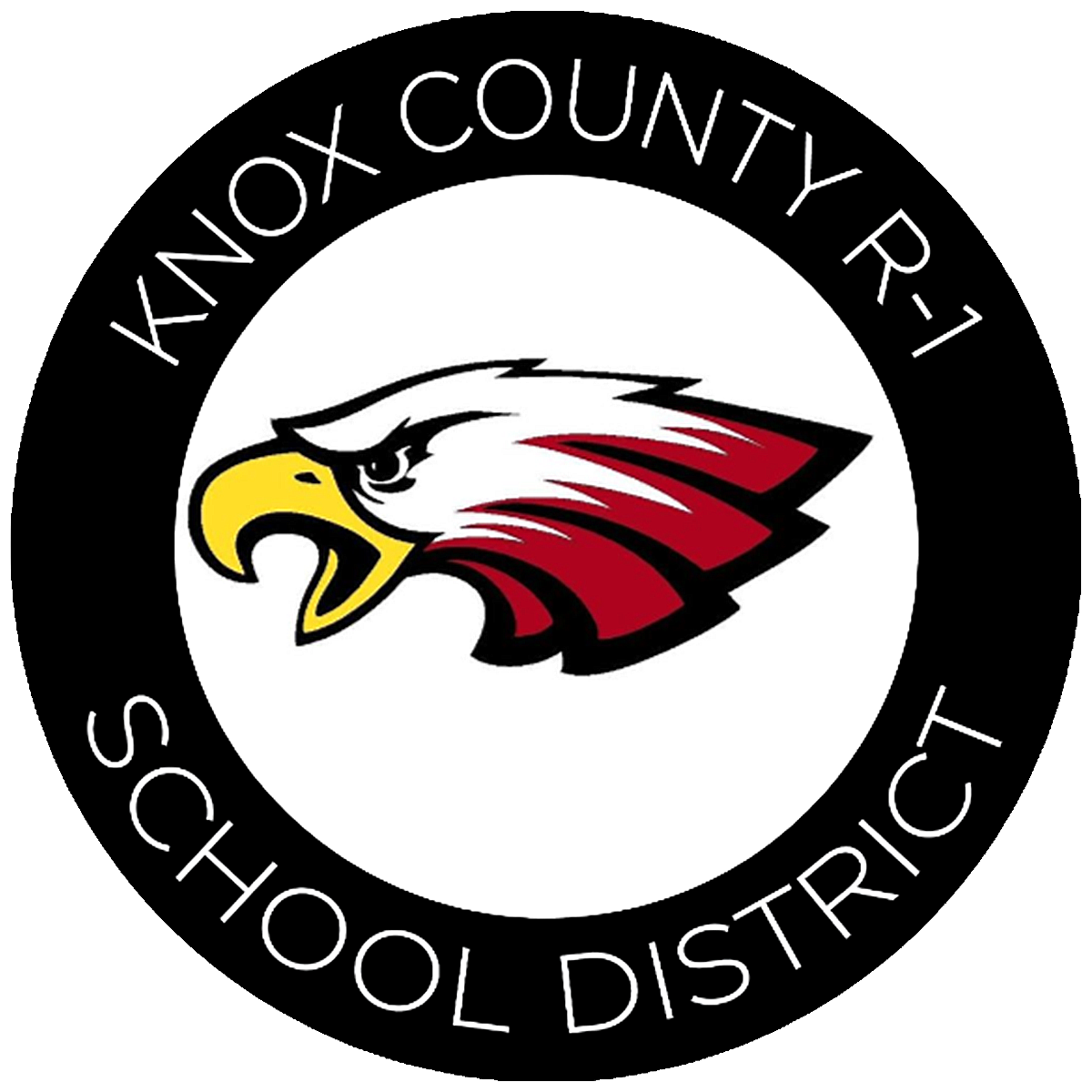Knox County School Staff Receive Insight on the Importance of Dyslexia Screening
By Jaiden Linebaugh
On Monday, October 14, Knox County School District hosted their monthly Professional Development day with guest speaker, Anita Kuttenkuler, who taught the teachers about dyslexia.
Kuttenkuler is the owner of A New Beginning Dyslexia Center and has over 20 years of teaching experience. She began her center after learning more about dyslexia from a colleague and spends her days tutoring students, giving presentations and informational talks to schools. She became a Master Certified dyslexia tutor in 2014.
Kuttenkuler shared with staff that dyslexia is an inherited condition that makes it hard to read, write and spell. It is not a rare condition; one out of five people have it, and some conditions are more severe than others. Early warning signs of dyslexia include delayed speech, confusion over left and right, trouble memorizing the alphabet, mixing up sounds in words with multiple syllables, the late establishment of the dominant hand, and even experiencing multiple ear infections at a young age.
State legislation was established and went into effect during the 2018-2019 school year which stated that all schools must screen for dyslexia. “The school district must screen every student in grades kindergarten through third grade, as well as any new students or those who showed indicators that they might be at risk of dyslexia,” said Nancy Goodwin, Knox County School District Special Programs Director.
It is important to start screening for dyslexia when children begin to read because it can be easier to treat at a young age. “The sooner we can catch dyslexia means the students get a greater chance of learning how to read and develop strategies to help them become more successful,” said Knox County Title 1 teacher, Mary Lynn Greenley.
Knox County R-1 schools have different screeners to help catch dyslexia. The Dibbles Assessment can help detect how many words a student can read in a certain amount of time; with each grade level having different screeners to help measure this. Following the screening, if a student is considered “at risk,” a letter is sent home to the parents. “The letter informs the parents that they need to keep a watch on this and that the student is being given extra support in the title room, as well as in the classroom,” said Greenley. “Parents can also help their child by continuing to read and write with them.”
Knox County School district also uses a program called the Wilson Reading Program, which helps students break down words to better their understanding of them. “It’s not so much memorizing words, it’s hearing their sounds,” says Goodwin. The district plans to continue screening for dyslexia and assess each student with the appropriate programs to help them in strengthening their reading skills and allow them to regain their social confidence.
In 2016, when Gov. Jay Nixon signed into law that all Missouri schools would be required to screen for dyslexia, the mandate also required all schools to complete a 2-hour training each year to ensure that teachers are knowledgeable about ways to address the disorder. Kuttenkuler’s presentation helped Knox County staff better understand the learning disorder, as well as gain resources to help identify its signs.
